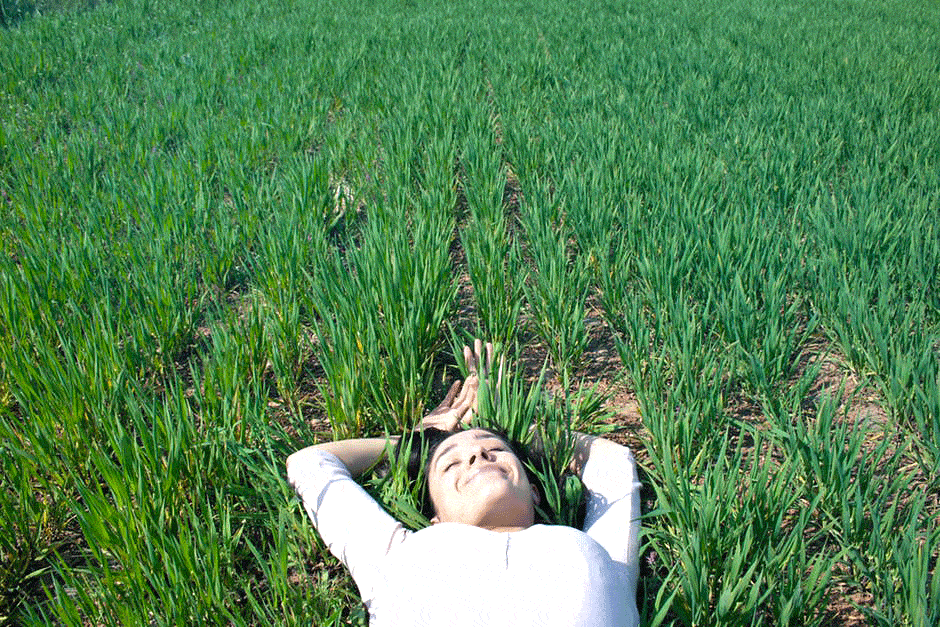words Alexa Wang
If you are keen to see the significant changes happening in the textile world, you must have heard of organic clothing. So what are they, what are some of the examples, and should your kids be wearing them?
We will answer all these three questions, but first, click here to get a sneak peek of a brand that specializes in creating sustainable clothing, accessories, nursery items, footwear, and even toys for infants. With that out, let’s jump right into answering the first questions.

What is Organic Wear for Kids?
Organic clothing for infants refers to items made from organic materials, such as organic cotton or bamboo. These materials are grown without synthetic pesticides, fertilizers, or genetically modified organisms (GMOs).
Organic cotton is known to be exceptionally soft and gentle on delicate baby skin, making it a popular choice for infant clothing. Organic bamboo is also known for its softness and natural ability to wick away moisture, making it an excellent choice for clothing that will be in contact with babies’ skin, such as onesies and blankets. Organic clothing for infants is also often produced using ethical and fair labor practices, making it a more sustainable and responsible choice for new parents.
What Are the Advantages of Organic Clothing for Kids?
Below are some of the reasons why your infant should wear and be surrounded by sustainable clothing and items around them:
Environmental benefits
Organic materials such as cotton and bamboo are grown without synthetic pesticides or fertilizers. This reduces the environmental impact of textile production and helps preserve the natural habitat of the area where the materials are grown. Organic farming practices also promote biodiversity, which is beneficial for the ecosystem.
These organic textiles are also often produced using less water and energy than traditional cotton. Using natural fertilizers, crop rotation, and other sustainable farming practices results in more efficient use of resources. This not only helps to conserve water but also reduces the carbon footprint of the production process.
Health benefits
Any organic fabric is notably free from harmful chemicals, such as pesticides and dyes, which can irritate a child’s delicate skin and cause allergic reactions. These chemicals can also potentially harm the health of the farmers and workers who come into contact with them during production.
Organic cotton and bamboo are also naturally hypoallergenic and antimicrobial. These materials are less likely to cause allergic reactions or skin irritation and prevent bacteria growth, which can be beneficial for babies and young children.
Social benefits
Sustainable clothing is frequently made with ethical and fair labor standards. This ensures that the workers who make the clothes are treated decently and compensated fairly. These guidelines help ensure that workers work in safe settings and are not exploited or abused.
Supporting natural clothing production helps farming communities, particularly in rural areas. These communities frequently rely on agriculture as their primary source of income, and by promoting organic farming, we may assist in improving their livelihoods.
Durability
Cotton and bamboo are renowned for being long-lasting and robust organic materials. Because these materials are more resistant to wear and tear than synthetic materials, organic clothes for children can last longer and save you money in the long run. You may pass them down from your firstborn to the lastborn while they are still in great shape.
Are There any Downsides to Organic Clothing for Kids?
While organic clothing for kids has many benefits, there are also some potential downsides.
- Higher cost: sustainable clothing can be more expensive than traditional clothing due to the additional costs associated with producing organic materials and adhering to fair labor standards.
- Limited availability: Organic clothing is still not as widely available as traditional clothing, making it more difficult to find in certain areas and limiting the options available to consumers.
- Quality Control: Not all organic clothing is created equal, and ensuring that a product is genuinely organic can be challenging. Some companies may falsely label their products as organic to take advantage of the trend. It is vital to research the brand and its production processes before making a purchase.
- Care and Maintenance: Organic clothes may require special care and maintenance, such as hand washing or line drying. Not all parents may have the time or resources to devote to this care.
A Yay or Nay?
If you want your kids to look fantastic and feel amazing in soft, gentle, and hypoallergenic clothing, organic clothing is a yay! The great news is that you now know about them!



















